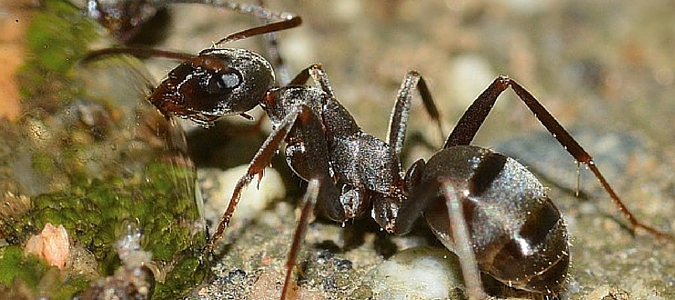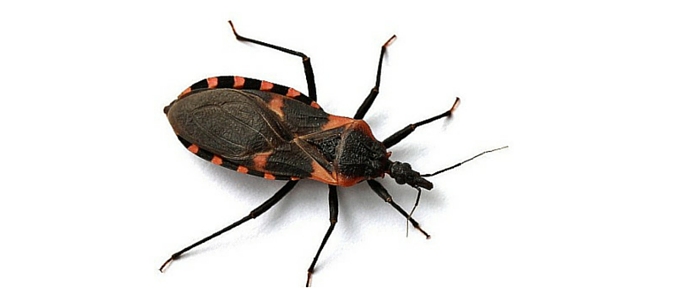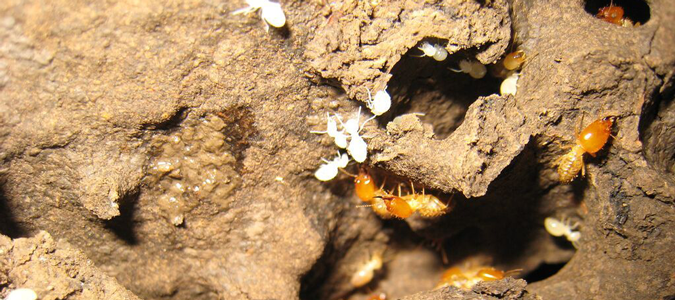Living with Wildlife Instead of Fighting a Losing Battle
Imagine that you spray your foundation monthly, but the bugs keep returning. After years of work and gallons of insecticide, the strategy hasn’t helped. With pesticide-resistant bugs and environmental contamination in the news, experts have realized that chemical weapons aren’t always the best method for managing pests. This knowledge isn’t entirely new. Scientists have been developing integrated pest management (IPM) techniques for more than 50 years. IPM is a pest control philosophy that combines several different approaches to keep pests at acceptable levels. These strategies can be used to manage lawns, landscape plants and household pests.
Whether we like it or not, pests are part of the local ecosystem. In some cases, they help control other bugs. In other cases, they provide food for other species. Instead of using a blanket approach to eradicate every living bug within your property lines, IPM focuses on ways to adjust the natural balance. Here’s … Read Full Post »


